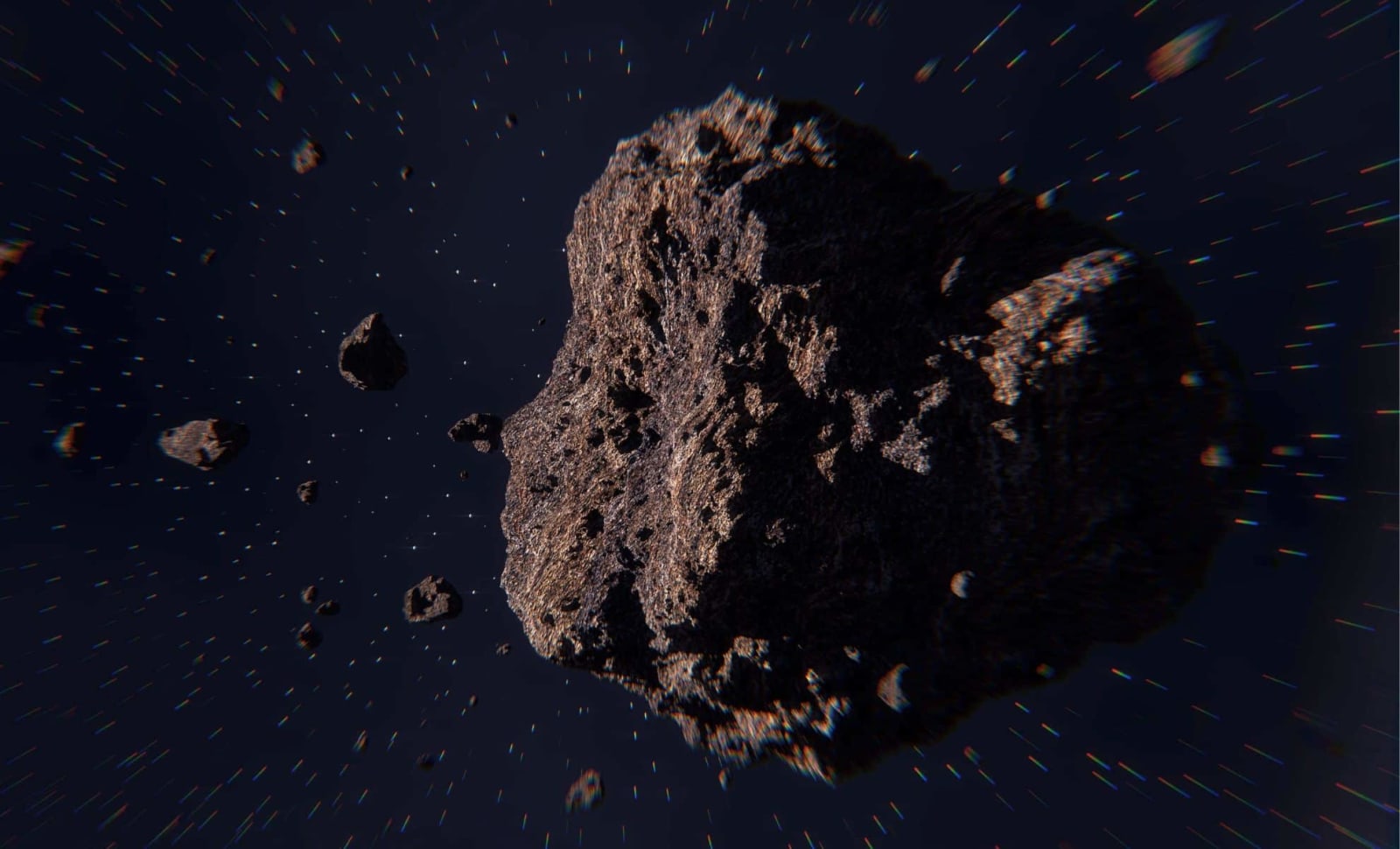The Mystery of Asteroid 33 Polyhymnia
Asteroid 33 Polyhymnia is at the center of a groundbreaking study that suggests it may contain elements never seen on Earth. This research, published in a prestigious scientific journal, explores the asteroid’s unusual density and proposes that its properties could be linked to materials outside the known periodic table. The team behind this discovery, consisting of physicists from the University of Arizona, is pushing the boundaries of our understanding of space and material science.
Unraveling the Density Puzzle
Asteroids are often viewed as simple remnants of the early solar system, but recent findings suggest they are far more complex. Many asteroids, including 33 Polyhymnia, exhibit mass densities that challenge conventional expectations. The extreme density of this particular asteroid has led scientists to consider the possibility that it contains materials denser than anything found on Earth. The researchers propose that 33 Polyhymnia might be classified as a Compact Ultradense Object (CUDO), a type of matter with an unknown composition.
The team explains that the asteroid’s density exceeds the maximum density of familiar atomic matter, making it a candidate for CUDOs. This insight expands our knowledge of asteroid composition and opens new possibilities for discovering materials beyond our current scientific understanding.
Introducing Compact Ultradense Objects (CUDOs)
The concept of CUDOs introduces a new category of matter with extraordinary properties. These objects, characterized by their high mass density, could consist of elements not yet identified in the periodic table. While elements like osmium, the densest naturally occurring element on Earth, have been studied extensively, the density of 33 Polyhymnia suggests that its makeup may involve entirely different structures.
Scientists believe that the core of this asteroid might be composed of matter far denser than anything observed in laboratories or theoretical models. If confirmed, these materials could revolutionize various industries, from aerospace to material science, offering new possibilities for technological advancements.
Superheavy Elements: Beyond the Periodic Table
Another intriguing aspect of the research involves superheavy elements—those with atomic numbers greater than those currently listed in the periodic table. These elements have long been a subject of theoretical physics, with some, like oganesson (Z = 118), synthesized in laboratories. However, they tend to be highly unstable and exist only briefly.
The Arizona team suggests that some superheavy elements might be stable enough to exist in nature, potentially within dense celestial bodies like 33 Polyhymnia. They mention a “theoretical island of nuclear stability” near atomic number 164, which could host elements with unique properties. If such elements are present in the asteroid, they could significantly alter our understanding of chemistry and physics.
Theoretical Stability and Future Implications
The idea that superheavy elements could be stable enough to exist in nature challenges current assumptions about atomic structures. While most superheavy elements are unstable, there may be a subset that can survive in the extreme conditions of an asteroid’s core. The researchers hypothesize that if these elements are sufficiently stable, they could be found in dense asteroids like 33 Polyhymnia.
This potential discovery could open new avenues for space exploration and mining. These materials, though speculative at this stage, could become valuable resources for future space missions. According to one of the study’s authors, the notion that some superheavy elements might be obtainable from within our Solar System is exciting.
The Future of Space Exploration
As interest in space exploration grows, the possibility of extracting exotic materials from asteroids like 33 Polyhymnia could be transformative. These materials could lead to advancements in propulsion systems, quantum computing, and other cutting-edge technologies. The implications of this research extend beyond scientific curiosity, offering practical applications that could shape the future of space travel and industrial innovation.







